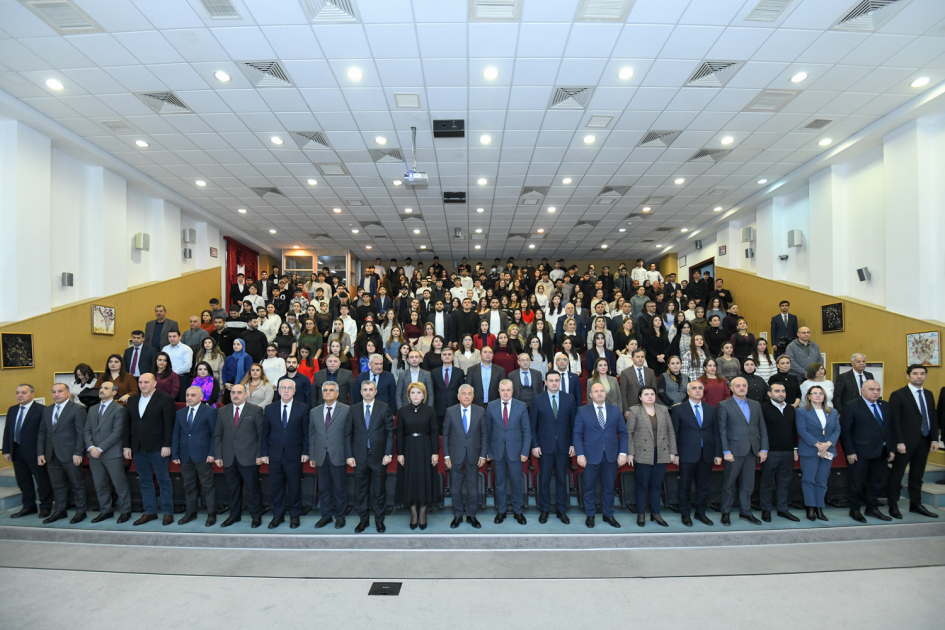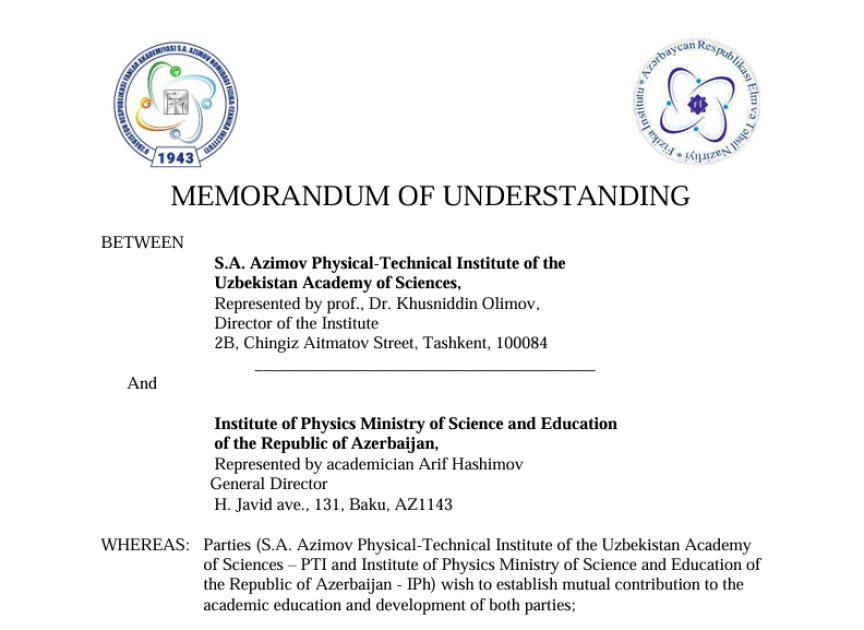To a leaf, a falling raindrop is equivalent in mass to a bowling ball dropping on a person—so how does the leaf survive? New research elucidates the raindrop's impact and the physical dynamics that help the leaf respond, with potential applications for agriculture and renewable-energy harvesting, according to Physical Review Fluids journal.
In the paper, "Resonance and Damping in Drop-Cantilever Interactions," published in Physical Review Fluids, researchers use high-speed photography to capture and analyze the impact of a water drop hitting a plastic beam, measuring both the vibrations of the beam as well as the drop's deformations in response to impact.
Senior author Sunghwan Jung, professor of biological and environmental engineering in the College of Agriculture and Life Sciences, compared the beam to a springboard.
After the drop hits, "the board goes down, the drop is elongated up," he said. "And when the board is going up, the drop is pushing down. They are moving in opposite ways, which causes a strong damping effect, less vibration, and that's beneficial for the plant."
The study also addresses an unexplained deviation from models, one that other researchers have documented but not understood: When the beam is a certain length, the water drop deforms and moves more, and the oscillation of the beam slows more quickly.
"This discrepancy kept showing up in every graph," said lead author Crystal Fowler, a doctoral student in the field of biological engineering. "We found that when the natural frequency of the beam aligns with the natural frequency of the droplet, the droplet moves so much more."
As the drop undulates more rapidly, Fowler said, they saw large damping values, or a faster reduction in the vibration of the beam. For plants, that reduced vibration, or quick recovery, after impact could mean less stress and a longer lifespan.
The research could help scientists understand how rain flows through a forest canopy or how a plant's morphology evolves. The work also dovetails with other plant-based projects in Jung's lab—understanding how spores are dispersed by rain and how the vibration of plants could be used to gauge their hydration.
Another application is developing and improving renewable-energy harvesting techniques: The beam could be replaced with a piezoelectric material—one that produces energy when pressure is applied—that could generate electricity as rain hits it.
"With this material, the vibration creates energy," Jung said. "You can imagine a tower with these beams, one that looks very natural but is also harvesting energy from the rain."
The paper is a first publication for Fowler, who is a citizen of the Navajo Nation and grew up around plants and gardens. "It is a point of discovering something new," she said. "I realized early on that I like finding things out and letting my curiosity go, and biological engineering provides a way of understanding the world."















